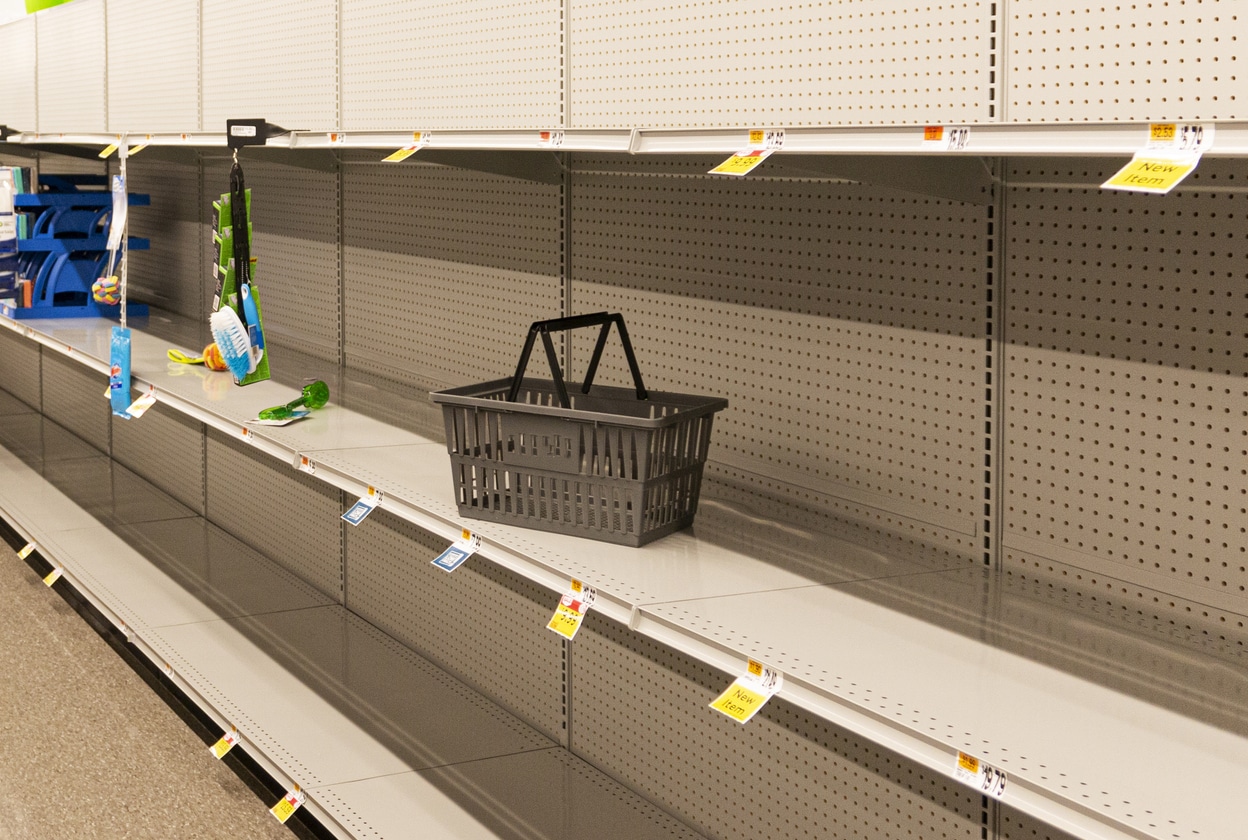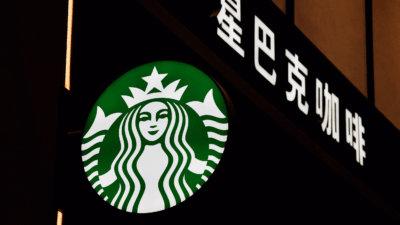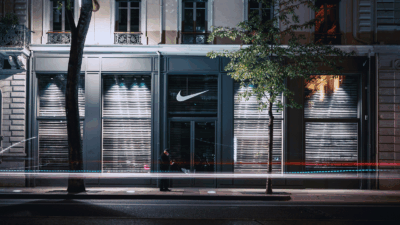
Sign up for smart news, insights, and analysis on the biggest financial stories of the day.
Remember when retail stores were considered a thing of the past? Not anymore.
For the first time in four years (when the term “Stand Back” was nothing more than an earworm in your mom’s record collection) US retailers will open more brick-and-mortar stores than they will close, giving landlords and in-person shoppers a new lease on life.
Storefront and Center
Two forces are driving the phoenix of physical retail, and both have roots in the digital world. First, digital businesses now depend on physical stores — which they’ve learned are easier to ship from and make great places to pick up and return items — to help fulfill e-commerce orders. (That’s part of the reason Amazon is planning its own department stores).
Second, since big tech companies Google and Apple began cracking down on the use of cookies and online tracking, finding customers browsing in cyberspace has gotten 50% more costly in the last five years, according to digital customer retention firm Profiitwell.
Meanwhile, America’s large chains closed 6,573 more stores than they opened last year, giving desperate landlords an incentive to sweeten lease deals :
- With better terms on the table, retailers splurged, opening 4,361 more brick-and-mortar stores in 2021 than they closed.
- Harmit Singh, CEO of Canadian tuxedo manufacturer Levi Strauss, told The Wall Street Journal that since his company is nabbing space for prices 15% less than pre-pandemic levels, he plans to open 100 US stores in the next 3 to 5 years.
In-Line or Online? On Black Friday, visits to retail stores and shopping centers were up 48% from a year ago but still trailed 2019 by 28%, according to Sensormatic. Meanwhile, online Black Friday sales fell to $8.9 billion from a record $9 billion last year, the first time online sales have fallen since Adobe started keeping track back in 2012.











